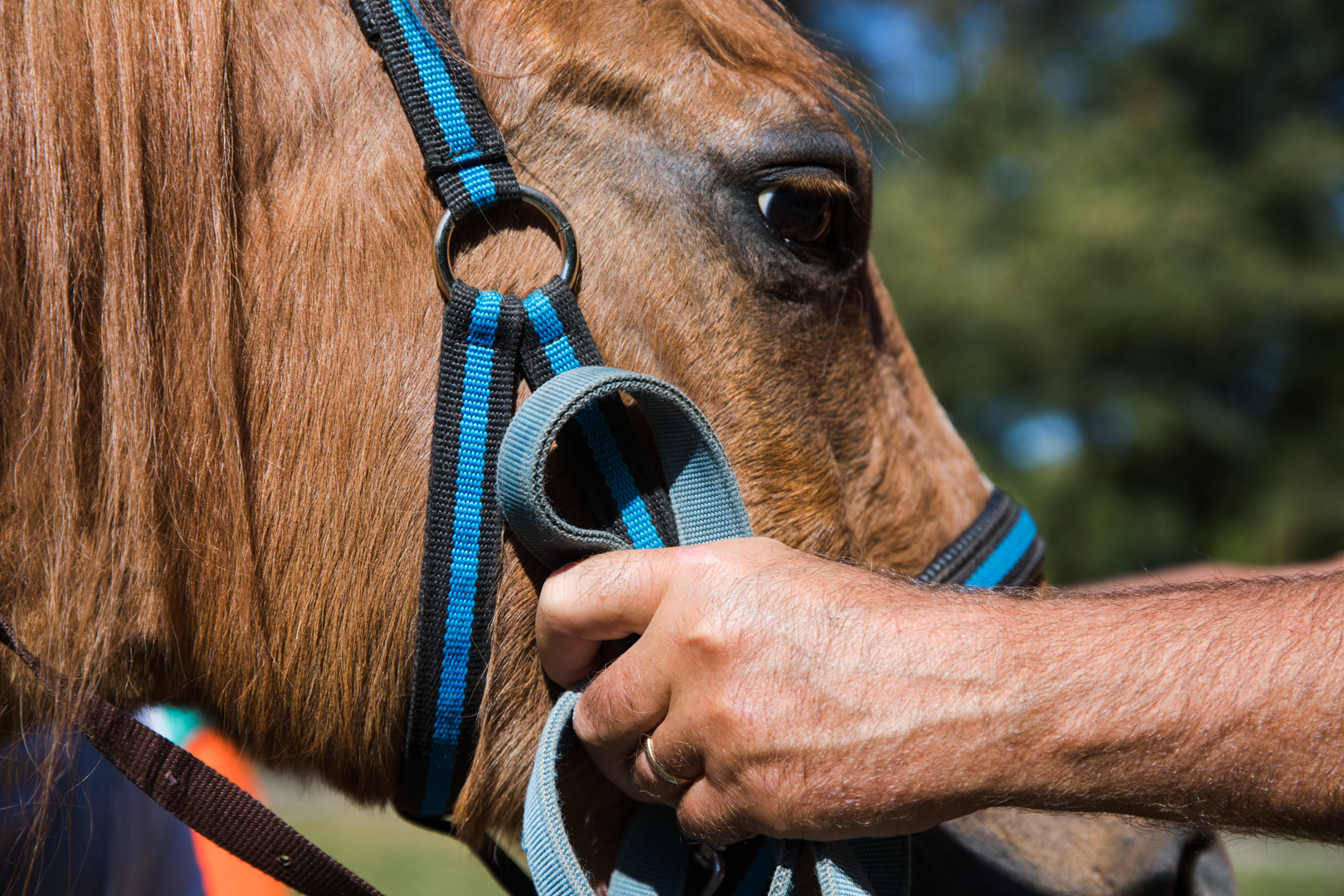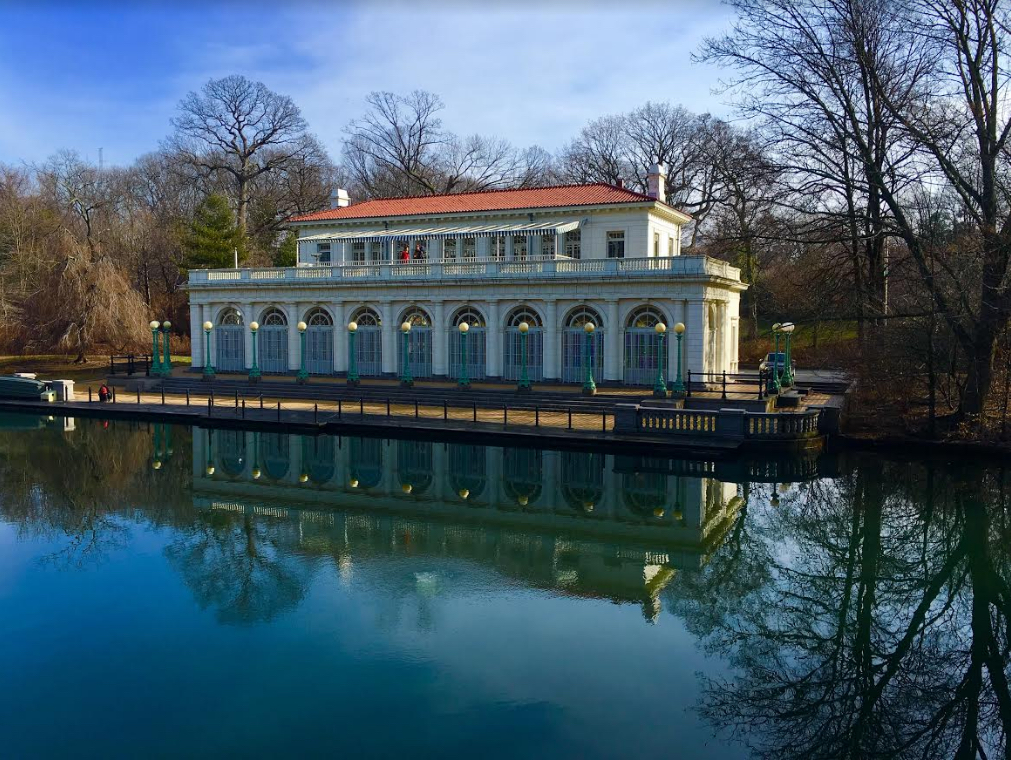Ask a historian: What happened to the horses of yore in Prospect Park?

A horse is led through Prospect Park. Eagle photo by Paul Frangiane
Carolyn from Bay Ridge asks: “Tell us about the stables that were used for horseback riding in Prospect Park.”
“Horsefeathers,” as The Marx Brothers say.
As you may imagine, horses were a big thing before the invention of the automobile. They delivered groceries, milk and bread (but not pizza or Chinese dinners). While many families owned horses and carriages, livery stables rented horses, similar to Zipcars today. By the close of the 1800s, thousands of stables in the city housed almost 200,000 horses in Manhattan and Brooklyn.
